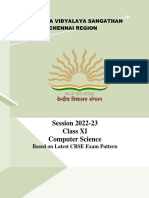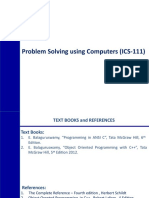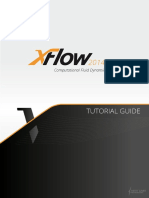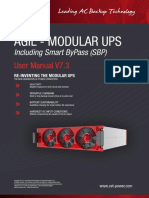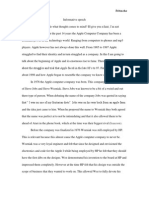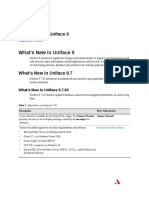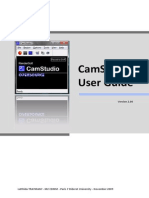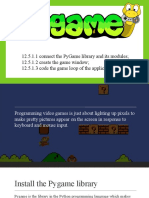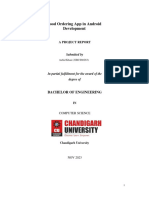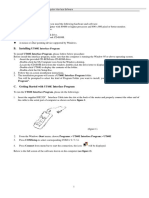0% found this document useful (0 votes)
36 views9 pagesComputer Systems and Organisation Notes
The document provides an overview of computer systems, detailing components such as hardware (input/output devices, CPU, memory) and software (system software, application software). It explains the functions of an operating system, the importance of number systems (binary, octal, decimal, hexadecimal), and methods for converting between these systems. Additionally, it covers encoding schemes like ASCII and ISCII for character representation in computers.
Uploaded by
joshishivam1121Copyright
© © All Rights Reserved
We take content rights seriously. If you suspect this is your content, claim it here.
Available Formats
Download as PDF, TXT or read online on Scribd
0% found this document useful (0 votes)
36 views9 pagesComputer Systems and Organisation Notes
The document provides an overview of computer systems, detailing components such as hardware (input/output devices, CPU, memory) and software (system software, application software). It explains the functions of an operating system, the importance of number systems (binary, octal, decimal, hexadecimal), and methods for converting between these systems. Additionally, it covers encoding schemes like ASCII and ISCII for character representation in computers.
Uploaded by
joshishivam1121Copyright
© © All Rights Reserved
We take content rights seriously. If you suspect this is your content, claim it here.
Available Formats
Download as PDF, TXT or read online on Scribd
/ 9





















